Scots
pine - A straight-grained softwood
but knotty. Light in colour. Fairly strong
but easy to work with. Cheap and readily available.
A softwood. |
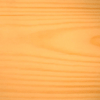 |
Used for DIY and cheap quality furniture.
Mainly used for constructional work and simple
joinery. |
 |
Parana
pine - Hard and straight-grained. Almost
knot free. Fairly strong and durable. Expensive.
Pale yellow in colour with red/brown streaks.
A softwood. |
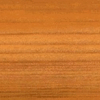 |
Used for good quality knot free pine red /
brown furniture such as doors and staircases.
|
 |
Spruce
- Creamy-white softwood with small hard knots.
Not very durable. A softwood. |
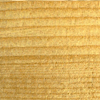 |
Used for general indoor work, whitewood furniture
used in bedrooms and kitchens. |
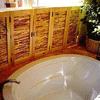 |
| Yellow
cedar - A pale yellow-coloured softwood
with a fine even texture. Light in weight
but stiff and stable. |
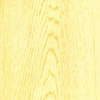 |
Used for furniture, boat building, veneers,
and model making. |
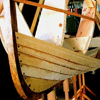 |
European
redwood - Quite strong, Lots of knots,
durable when preserved. cheap |
 |
Used for general woodwork, cupboards, shelves,
roofs. |
 |
Memory
tip: Remember Pincers!
P - Pine
I - Indicates
N - Needles
C - Cedar
E- Evergreen
R -Redwood
S- Softwood
|








